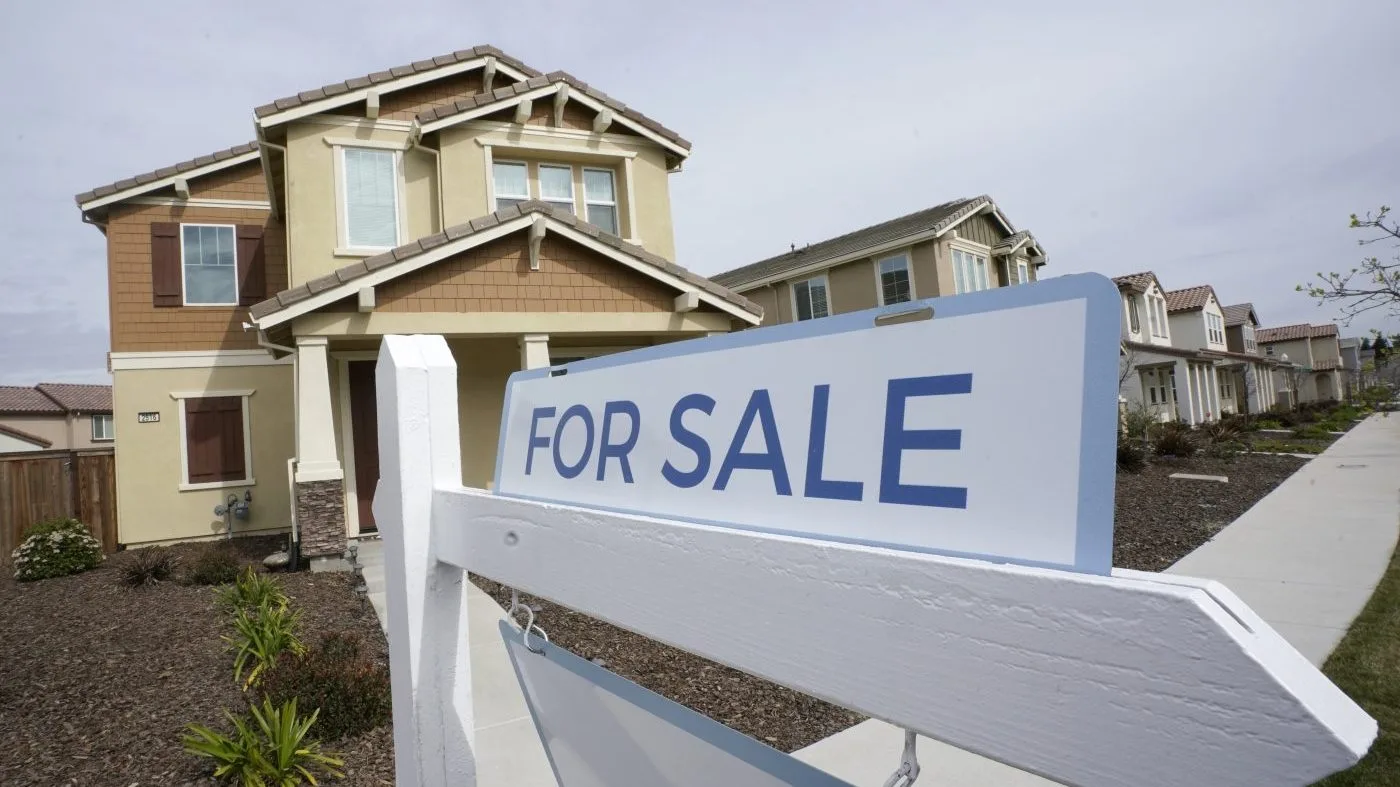The agreement struck to raise the debt ceiling, along with a host of proposals to curb spending, is expected to deal a blow to housing affordability — especially for student loan borrowers.
“People have used the student debt pause to help pay for their rent and mortgage. They’ve been paying for basic necessities: rent, mortgage, food, health care,” said Natalia Abrams, president of the nonprofit Student Debt Crisis Center (SDCC).
“I can only imagine that this is going to severely harm the housing market and the rental market,” she added.
Student loan repayments were originally set to restart 60 days after the Supreme Court decision on Biden’s student debt relief plan or 60 days after June 30 — whichever came first.
But as part of the debt limit deal, Democrats agreed that student loan repayments will begin 60 days after June 30 — without room for a possible extension.
The measure is one of several concessions Democrats made in exchange for Republican support to raise the debt ceiling and avert a federal default earlier this month.
Economists say student debt is one of the main barriers preventing younger buyers from purchasing their first home. Without equity built through previous purchases, these buyers are at a disadvantage in an already pricey and competitive market.
But even if affordability improves later this year, younger buyers might still struggle to compete, said Nadia Evangelou, a senior economist at the National Association of Realtors, in an interview with The Hill.
This is partly due to the way the market is stacked against potential buyers with less savings and previous home equity.
“First-time home buyers unfortunately cannot compete with existing homeowners because existing homeowners can use this web of gains for a downpayment and they offer cash offers as well,” she said.




